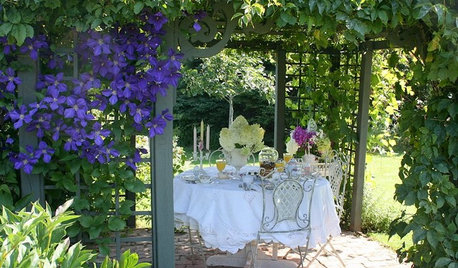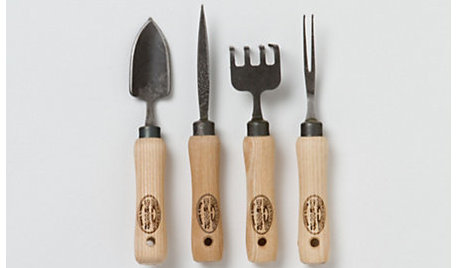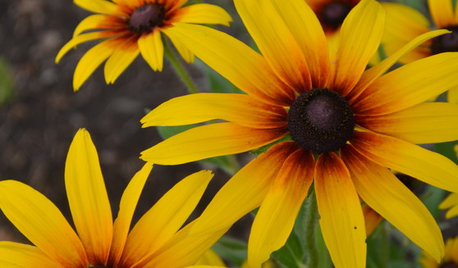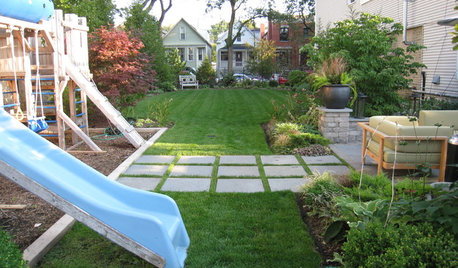When to prune excess grafts
bill999
9 years ago
Related Stories

GARDENING GUIDESHow to Prune Your Flowering Shrubs for the Best Blooms
Less is often more when it comes to properly pruning flowering shrubs. Here’s what to do and why
Full Story
WINTER GARDENINGPruning Secrets for Exquisite Roses
Encourage gorgeous blooms year after year with this time-tested advice on how to prune your rosebush in winter for health and shape
Full Story
GARDENING GUIDESWhen and How to Plant a Tree, and Why You Should
Trees add beauty while benefiting the environment. Learn the right way to plant one
Full Story
FUN HOUZZ31 True Tales of Remodeling Gone Wild
Drugs, sex, excess — the home design industry is rife with stories that will blow your mind, or at least leave you scratching your head
Full Story
GARDENING GUIDESPacific Northwest Gardener: What to Do in May
Take advantage of May's warmth to prune spring blooms and plant vegetables and annuals for a summer bounty
Full Story
PRODUCT PICKSGuest Picks: 20 Tools for Urban Gardening
Even the smallest of gardens deserves the proper tools. For terrarium pruning to herb snipping, this gear lets you garden in style
Full Story
GARDENING GUIDESSouthwest Gardener's July Checklist
Hold on to your hat and prune those tree branches; monsoon season means damage prevention is key
Full Story
LIFE6 Tips for Teaching Your Kids to Be Good Neighbors
Everyone wins when your children learn to respect boundaries, get help when they need it and show others they care
Full Story
HOUSEPLANTS8 Essentials for Healthy Indoor Plants
Houseplants add so much to our homes — and can thrive when grown in the right conditions. Keep these tips in mind
Full Story
GARDENING AND LANDSCAPINGCrazy for Fruit Trees
Whether a single citrus or a mini apple orchard, even the smallest landscape space can bear deliriously delicious fruit
Full StoryMore Discussions








Konrad___far_north
2010champsbcs
Related Professionals
Comstock Park Landscape Architects & Landscape Designers · Ballwin Landscape Architects & Landscape Designers · Cottonwood Landscape Architects & Landscape Designers · Southfield Landscape Architects & Landscape Designers · Wilmington Landscape Contractors · Maple Valley Landscape Contractors · Bell Gardens Landscape Contractors · Fair Lawn Landscape Contractors · Fairfield Landscape Contractors · Gallatin Landscape Contractors · Oak Harbor Landscape Contractors · Oakland Landscape Contractors · Pueblo West Landscape Contractors · Palos Hills Landscape Contractors · Irvington Landscape Contractorsltilton
bill999Original Author
Konrad___far_north
curtis
forestandfarm